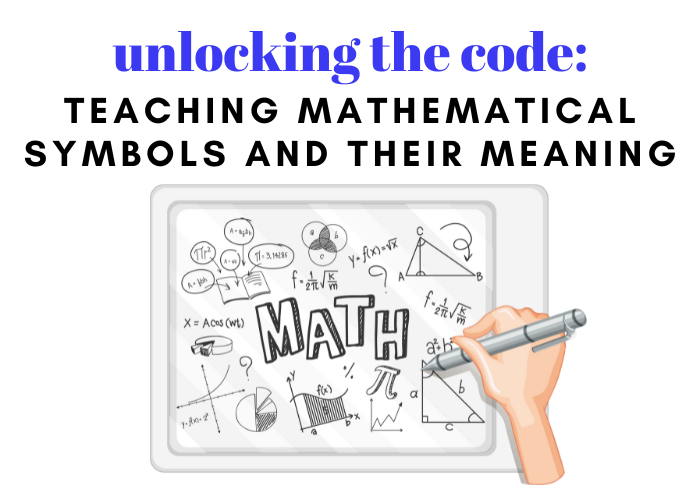

Last Updated on August 31, 2021
Getting your child to complete his or her math homework can sometimes feel like pulling teeth, especially if your child is struggling with math or just doesn’t enjoy the subject. Homework feels like an extension of classwork, and it can be hard to get them excited about doing work outside of school.
Fortunately, there are many creative ways to give your child math homework help at home. You know your child best, so use the ones you think will be most interesting for your student. Try them out and let us know what you think works best.
We all know those kids who love to perform, and you can use this tactic alongside their math homework for a little extra fun. Before or after dinner or even while you’re cooking, have your child give you a presentation or a performance on a math concept they learned in school that day. Encourage them to be as creative as they want and use costumes or props you might have in the house. You can even add music or visuals to the performance and let your child turn the math problem into a song.
Another way to build confidence in your student’s understanding of math is to have them pretend that they are the teacher and are teaching you what they learned. It can help for you to ask them questions about the topic to ensure that you both know what they’re learning. Being able to think through these additional questions and respond appropriately can help them deepen their understanding and build mastery of a concept.
If your student is unable to explain a math concept or problem fully, you’ll know that it’s time to spend a little more time on that subject. If it becomes a regular issue, talk to their teacher or look into hiring a math tutor. Realizing this early can help tremendously as they work to catch up on concepts that they had difficulty with.
If you have a budding sports fanatic in the family, try adding a little healthy competition to their math homework.
Once your student is familiar with a particular math topic, you can help reinforce mastery of it by having them complete time trials. This added practice in thinking through math problems quickly can be great experience for your student.
Speed may not be as important to everyday math work, but it’s great practice for standardized tests down the road that do have a time component. There is also sufficient body of academic research that indicates that students who develop fluency (speed + accuracy) in solving math problems early in their childhood find solving Algebra and word problems to be much easier. Research from the National Institutes of Health (NIH) also provides sufficient evidence to indicate that student performance on word problems is the best school-age predictor of employment and wages in adulthood.
To ensure that these speed trials don’t create too much anxiety for your student, provide realistic timeframes for this type of activity. Of course, math word problems will require more time than basic addition or subtraction. Give them a time limit that puts the pressure on but isn’t too difficult.
You can take this even further and make a full game out of it with a point system and prizes. Working toward a reward, such as a gift card or a visit to a special place, can be a great reinforcement when it comes to motivating your student to participate.
Again, this is a great way to build confidence in your student’s math abilities. And, even if they’re not as fast as you would like them to be, the repetition of the trials will help them in their math learning. Regular practice is essential to fully mastering a topic beyond basic memorization.
You may not realize it, but math is all around if you look! You can use real-world examples to test your student’s math skills and show them how important math is to everyday life.
An easy way to do this is to create a math word problem out of a daily routine or task.
For example, while getting dressed, you could ask your student how many outfit options you can make if you have five shirts and four pairs of pants. Answer: For every shirt, there are 4 possible ways to make a unique outfit. There are 5 shirts. So, in this case you can take 4×5 to get 20.
Another example would be to have your student calculate speed, time and distance while in the car.
For example, you could ask, how fast (speed) do you need to go to cover 15 miles in 20 mins?
Speed = distance/time
Speed = 15/20 (how many times does 20 go into 60 minutes?)
Speed = 15 x 3 (3 x 20 =60 minutes)
Speed = 45 mph
As mentioned in our article about getting your student excited about math worksheets, the grocery store is a great place to ask your student real-world math questions. You can use the prices and amounts to determine the best size to buy for the greatest value, as well as addition and subtraction of items.
If your student likes to spend time with you in the kitchen, you can use cooking time to provide extra math homework help in a creative way. There’s no reason that dinner time can’t be a family event with a little learning thrown in.
Pick out a recipe – healthy ones are preferred, of course – with your child and show them the serving amount for the recipe and the ingredients required. Then, work with your student to either halve the recipe or double it using fraction equations for the ingredients. Then, we suggest that you make the recipe together for dinner.
This is another way to show them how important math is to everyday life. It’s also a great way to spend quality time with your child while helping them learn!
If your child is interested in art, another creative way to supplement their math homework is to work geometry into artistic endeavors such as drawing, painting and coloring.
For example, give them something to draw that incorporates geometric shapes and helps them become more familiar with these shapes in a fun way.
You can even try something as simple as drawing lines, as in this example from weareteachers.com: have your child use a ruler to draw random, intersecting lines on a paper. Then have them go through the lines as a “polygon investigator” and find shapes that have the same number of sides. Use crayons to color in any shapes with the same number of sides.
You can see an example of what this may look like:

This activity will give them practice identifying different polygons and seeing how shapes with the same sides can look different.
If your child is young, you can start by asking them to create basic geometric shapes such as circles and triangles. Or, if they are older, you could have them draw everyday objects, such as buildings, your neighborhood or trees in a park, with geometric shapes hidden in them. Encourage them to think creatively about how they might incorporate certain shapes into common objects.
The example below from Teacher Support Force, shows a beach scene drawn with a variety of geometric shapes.

Even if your student is not a budding Picasso, being able to draw basic shapes can be important when they are working on math word problems and two-column proofs. Often, pictures are not given with these problems, but it can help your student visualize the problem by drawing it out.
We know it can be hard to pull your child away from their devices these days. But when it comes to math homework help, you don’t have to.
There are a variety of online tutoring programs, as well as math learning apps, that your child can take advantage of. These programs allow them to practice math on a device they already feel comfortable with.
Many of these online programs also turn math homework into games, which can increase the engagement your student has with math topics. If it’s something they enjoy, they’ll be more likely to spend extra time on it, and they’ll be learning at the same time – maybe without even realizing it.
Thinkster is one such online tutoring program that uses the device of your choice to provide your student math homework help on your schedule. Unlimited worksheets are there when your child is ready to work on them, and a point system that leads to rewards provides an extra layer of motivation for your student. They can see how they compare to others within the program and do what it takes to get better (and get the rewards!).
If you find that math homework continues to be a struggle and your student is falling behind, or if you want them to work ahead, we suggest giving Thinkster a try.
Our online program provides you with a math tutor as well as homework help, test prep, and unlimited worksheets with video tutorials. And since it’s online, this can be done on your schedule without having to drive to a specific location. Ready to get started? Give it a try for free!


